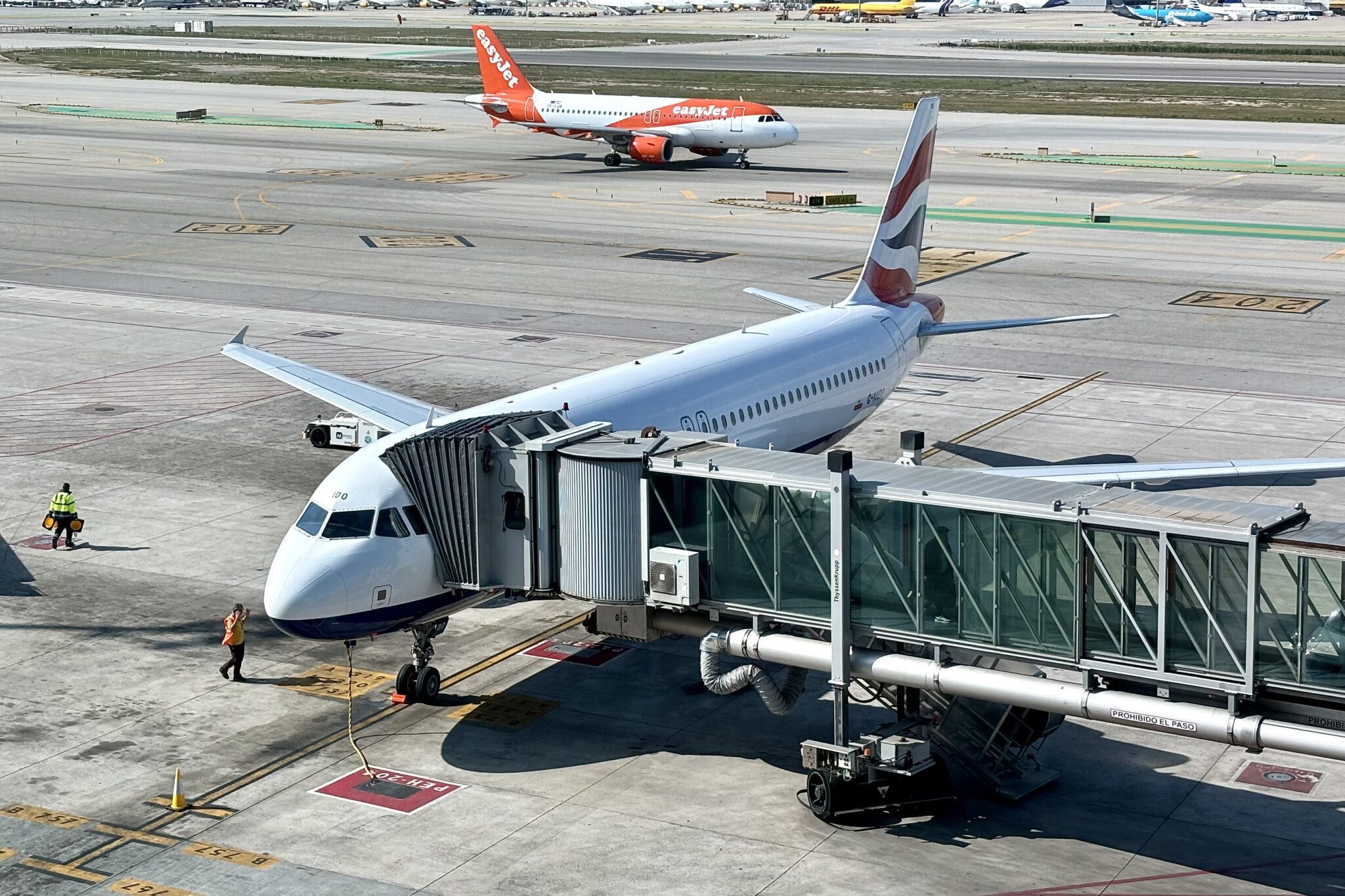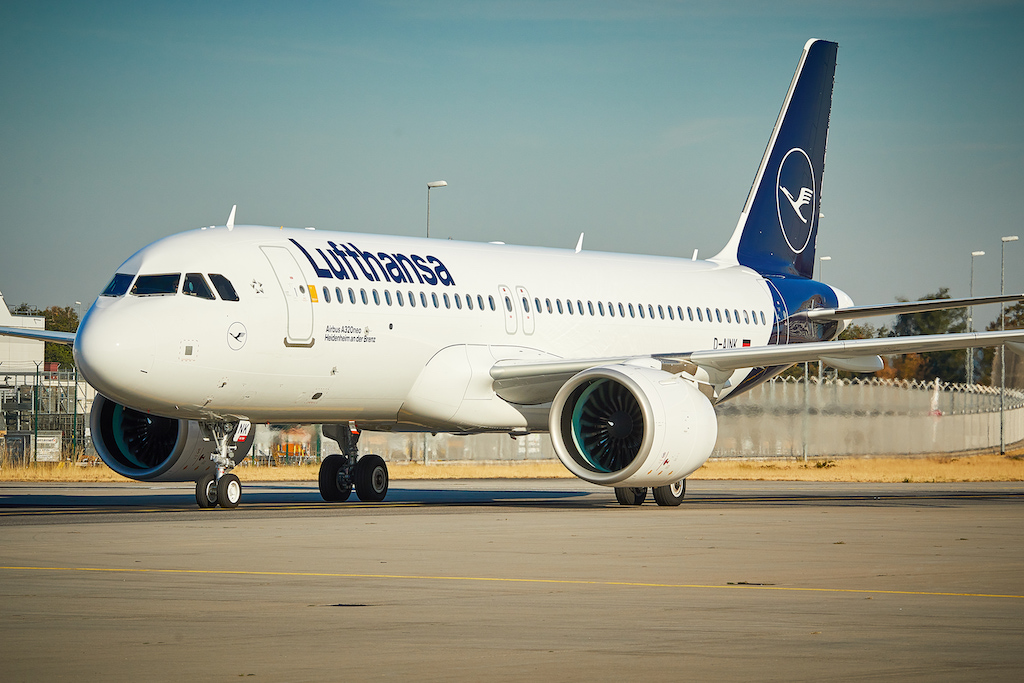Much ink has been spilled about the pilot situation in the U.S., with many regional airlines saying they face a shortage, larger carriers saying they are experiencing elevated attrition, and the biggest airlines reporting training backlogs. All of this adds up to dropped destinations, fewer flights than planned, and disrupted travel plans as airlines reactively prune schedules.
“Pilots were stuck in the school house,” Alaska Airlines CEO Ben Minicucci said in April after the airline suffered a wave of staffing-related cancellations earlier that month. “So we’re de-risking the operation a little bit to give our pilots schoolhouse just a little bit of breathing room as we train them.”
Alaska and JetBlue Airways, which both face similar staffing issues, have made the deepest cuts to summer flying. From April 5 to May 17, Alaska reduced planned third-quarter capacity by 12 percent and JetBlue by 10 percent, according to Cowen & Co. research. American Airlines and Southwest Airlines, both of which have acknowledged pilot training backlogs, have decreased planned capacity 6 percent and nearly 5 percent, respectively.
“We’re sizing the airline for the resources that we have,” American Airlines CEO Robert Isom said in April.
The situation raises one fiercely debated question in the airline industry: Is there a pilot shortage?
The number of new airline transport pilot, or ATP, certifications suggests that there is one. The Federal Aviation Administration only issued 4,928 ATPs and restricted ATPs — certificates issued to pilots who graduate from four-year university programs that only need 1,000 hours instead of 1,500, for example — in 2021, according to the Regional Airlines Association (RAA). That is less than half of the estimated 12,000 pilots the industry plans to hire this year, with the balance expected to come from other airlines, including regionals, low-cost carriers, and mid-tier players.
“The pilot shortage for the industry is real, and most airlines are simply not going to be able to realize their capacity plans because there simply aren’t enough pilots, at least not for the next five-plus years,” United Airlines CEO Scott Kirby said in April.
But Raymond James analyst Savanthi Syth is not as sure that a shortage is causing the current issues. “There appears to be sufficient pilot supply (even for regionals) for hiring to be at current elevated levels in 2022-23 but not longer,” she wrote on May 23. She expects hiring to slow to roughly 8,000 pilots next year, and around 6,000 pilots in 2024. U.S. airlines hired roughly 5,000 pilots annually before the pandemic.
The largest pilots union, the Air Line Pilots Association (ALPA), has long denied that there is a shortage of pilots. The union instead claims schedule cuts and operational issues are the result of the mis-management of federal Covid-19 relief and “profit-based business decisions,” cancelling flights in order to improve financial results, ALPA President Captain Joe DePete wrote on May 6.
While Syth found there is a sufficient supply of pilots, she did acknowledge a unique confluence of pilot issues — from elevated captain attrition at regionals to training bottlenecks at major airlines — as behind the current operational issues and schedule cuts. A higher number of captain departures at a regional airline has a larger impact on operations than first officer attrition due to more stringent requirements for captains. A captain needs at least 2,500 hours of flying compared to just 1,500 hours for first officers. In addition, fewer captains slows the upgrade process for first officers thus exacerbating the operational issues.
Attrition at low-cost carriers and mid-tier airlines, like Alaska and JetBlue, also has a direct impact on spring and summer schedules. Pilots can leave with as little as two weeks notice, while it takes roughly four months to certify a new first officer and six months for a new captain. Limited availability of flight instructors or simulators can slow the certification process, and worsen the effect of departing pilots.
Proposed relief measures for the current staffing situation, including raising the mandatory retirement age for airline pilots or providing new exemptions to the 1,500-hour requirement as Republic Airways has requested, would only provide “near-term relief,” Syth wrote. Longer term, the industry needs to continue and build on its coordinated efforts with flight schools and other training programs to increase the supply of new pilots.
No matter the cause of the situation, Syth agrees with most in the industry that relief may be years in coming. Regionals could face pressure from higher captain attrition into 2024, and larger airlines could face pressure from attrition and training challenges through the middle of 2023, she wrote.
“We are seeing acute disruptions today, [and] we are going to continue seeing disruptions as we look forward,” a Republic executive said recently on the fallout of staffing shortages.





